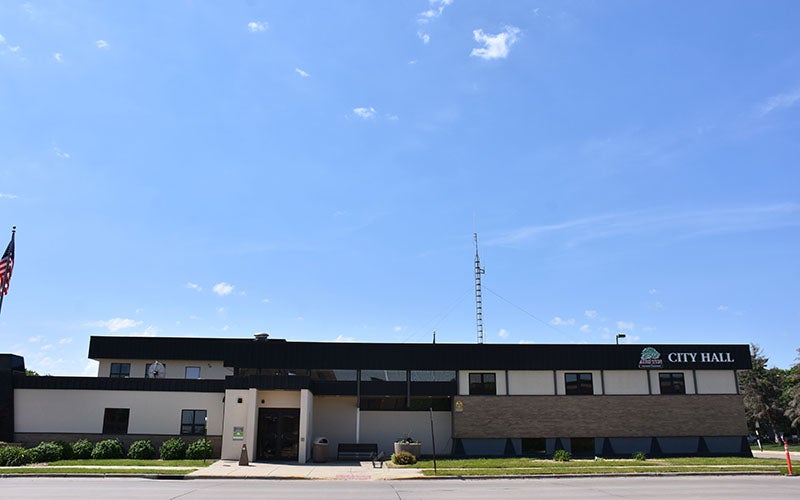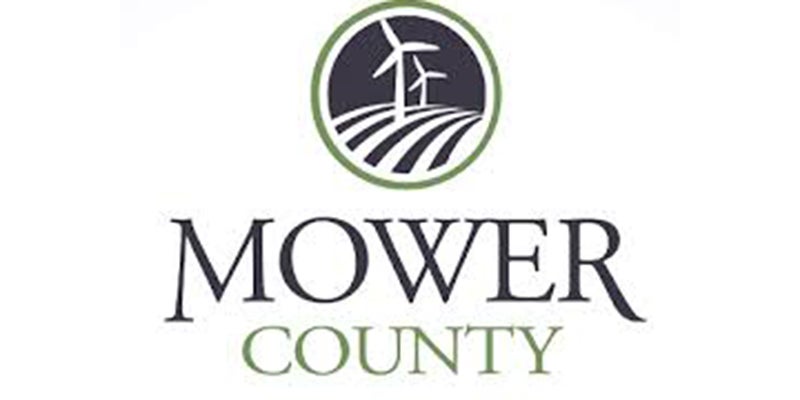Senate bonding bill touches on several Austin projects
Published 10:15 am Tuesday, May 6, 2014
By Jason Schoonover and Associated Press
The Senate’s bonding bill released Monday included a mixed bag for area projects.
The bill includes money for Austin flood mitigation efforts and adjusts language to allow the Hormel Institute to access previous bonding dollars sooner, but local trail projects aren’t marked for direct money in the bill.
Democrats who lead the Minnesota Senate released a proposal Monday for publicly backed construction that totals more than $1.1 billion in combined borrowing and cash financing for projects ranging from refurbishment of aging buildings on college campuses to flood prevention to theater restorations.
The proposal calls for borrowing of $846 million and for using about $200 million in cash from the state’s $1.2 billion budget surplus due to come in over the next year.
Democrats who lead the Minnesota Senate released a proposal Monday for publicly backed construction that totals more than $1.1 billion in combined borrowing and cash financing for projects ranging from refurbishment of aging buildings on college campuses to flood prevention to theater restorations.
The proposal calls for borrowing of $846 million and for using about $200 million in cash from the state’s $1.2 billion budget surplus due to come in over the next year.
The Senate bill doesn’t include specific money designated for local trails. The House bill included $2.5 million for the Shooting Star Trail from Rose Creek to Austin and $500,000 for the Blazing Star Trail from Mrye-Big Island State Park near Albert Lea to Hayward.
However, State Sen. Dan Sparks, DFL-Austin, said the Senate version currently includes a $4 million placeholder for parks and trails that the local projects will be able to request.
“We know that these are top priorities and will work hard to get it in,” Sparks said.
The Senate bill includes $18 million for flood mitigations projects in several communities, including Austin’s Cedar River Watershed District.
The Senate bill also includes a language amendment to the $27 million approved for the project in 2012 to allow Institute officials to access the money sooner.
The bill sets aside $1.5 million for “indoor air quality improvements” required in ice arenas like Austin’s Riverside Arena. Sparks has been in touch with local officials about the need to replace outdate equipment.
Senate Capital Investment Committee Chairman LeRoy Stumpf said there were far more worthy projects than money to go around. He said the bill emphasizes repairs to crumbling infrastructure while also making room for cultural amenities.
“A lot of our communities are getting up to 125, 150 years old and stuff doesn’t last forever. We have to make a recommitment as a Legislature to figure out how to fund these core things you need to run,” said Stumpf, DFL-Plummer. “You need to have development. You need housing. You need roads. You need bridges.”
Local road projects like Austin’s Oakland Place Southeast Bridge over Dobbins Creek could be still be in line for funding. The Senate is also proposing a total of $15 million in bonding funds that combined with other money sources would mean $40 million for local bridges. Overall, Sparks said the Senate is proposing $80 million — part of that coming from bonding dollars and part from one-time funding sources — to be used on local road and bridge projects around the state.
Beginning last year, committee members traveled more than 2,450 miles to identify 170 potential projects. The measure is one of a few major bills that lawmakers hope to pass before adjourning their election-year session.
Republicans said projects they see as essential — such as pothole repair money or full funding for a water pipeline in southern Minnesota — have been crowded out by frilly items, such as zoo exhibits or ski hill enhancements.
“Bonding is debt. It’s borrowing. It has to be repaid,” said Sen. Roger Chamberlain, R-Lino Lakes. “So we must be smart about how we use that money. Projects should have regional or statewide impact.”
Minnesota’s credit rating is a notch beneath the AAA top level. It has more than $6.2 billion in outstanding general obligation debt already, but state finance guidelines leave plenty of room to borrow billions more.
Majority Democrats in the House and Senate need some Republican votes to meet a three-fifths passing threshold on the borrowing plan. The separate but connected cash bill requires only a simple majority.
The House has yet to vote on its similarly-sized version, but could this week. Gov. Mark Dayton said he wants a borrowing bill of $1.2 billion.
About one-third of the combined proceeds in the Senate bill would go to state colleges and universities for new buildings or renovation of existing structures. Science labs would be upgraded at the University of Minnesota and on campuses overseen by the Minnesota State Colleges and Universities system.
The largest single item is $126 million to finish the Capitol renovation; the Senate’s plan would pay for that in cash.
There’s $80 million devoted to affordable housing projects, which Stumpf said represents the largest investment of that type in state history. The Senate proposal is more generous than Dayton’s recommendation on that front.
The bill also authorizes money to build out the new state park at Lake Vermilion, to repair local bridges and to remodel the state’s security hospital in St. Peter. Civic center upgrades in Rochester, St. Cloud and Mankato would get a boost, as would theater repairs across the state.
While proposals from Dayton, the House and the Senate have plenty of differences, one of the key variations surrounds the Lewis and Clark water pipeline project for southwestern Minnesota. Dayton has highlighted the need to put at least $20 million and up to $70 million in for that project to help bring water from the Missouri River to a parched section of the state. The Senate bill puts in only $13 million, though Stumpf said there is a potential $7 million local match. Federal money is also a possibility.
Once the House and Senate approve their respective bills, a conference committee is likely to be needed to reconcile the approaches.
Sparks was pleased that the Senate bill address major areas like economic development and higher education.
The Senate was slated to discuss the bonding bill again this afternoon, with a possible vote coming later in the day. The session is about two weeks from ending, and Sparks work will kick into high gear as negotiations are underway.
“Now the real serious negotiations will begin,” he said.



